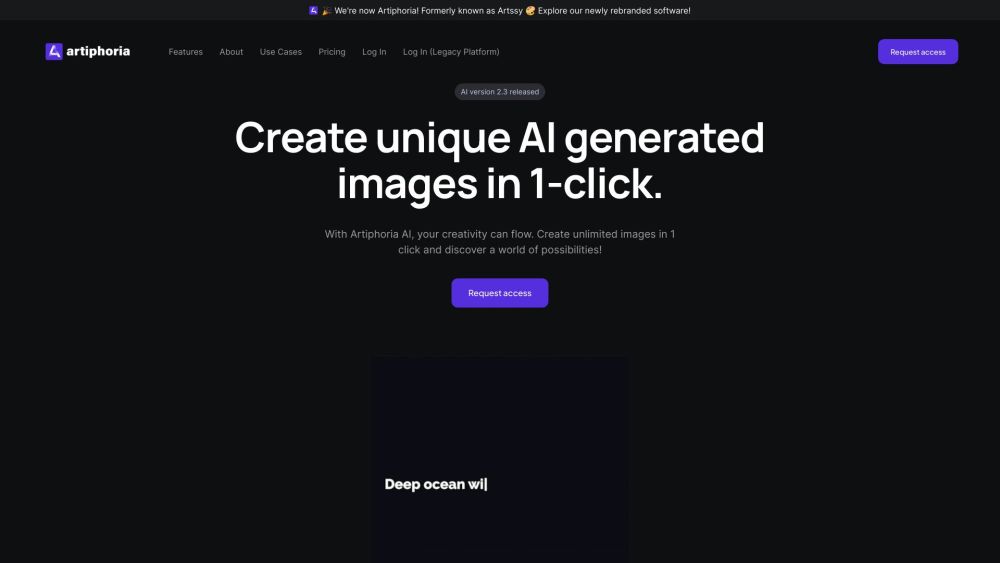AI Titans Clash: The Launch of Anthropic Claude 3 Poses a New Challenge for Google
Most people like

Discover an affordable text-to-speech and speech-to-text service that transforms written content into lifelike audio and converts spoken words into accurate text. Perfect for businesses, educators, and individuals alike, our innovative solution enhances accessibility and efficiency. Whether you need to create audio for presentations or transcribe meetings, our versatile service caters to all your transcription and voice synthesis needs. Experience seamless communication and improved productivity today!

Unlock the power of an AI research assistant designed specifically for streamlined data analysis. Our innovative tool harnesses advanced algorithms to enhance your research capabilities, making data insights quicker and more accessible than ever before. Whether you're sifting through large datasets or seeking to optimize your findings, this AI assistant is your key to efficient and effective analysis.

Unlock a wealth of study resources, comprehensive notes, effective test preparation, and expert homework assistance—all available at your fingertips. Enhance your learning experience with knowledgeable tutors ready to support you on your academic journey.
Find AI tools in YBX



